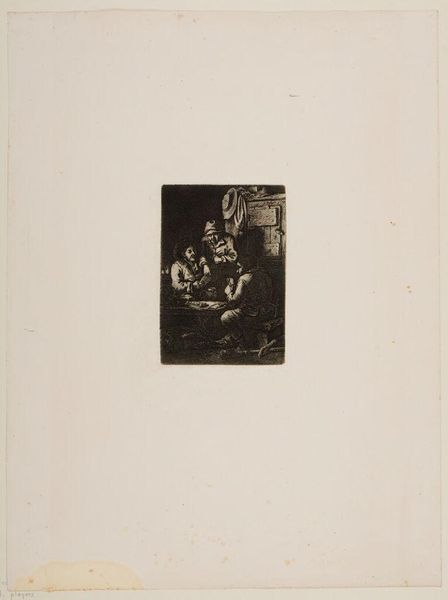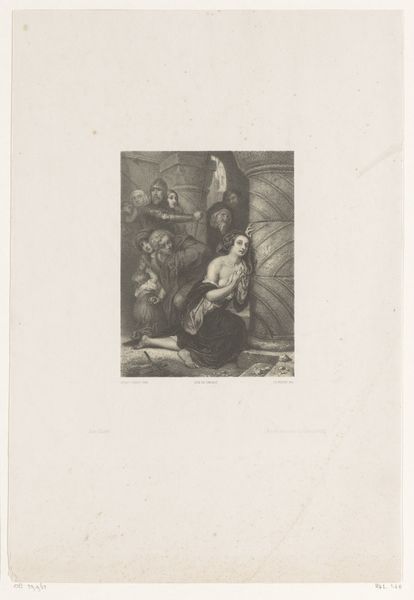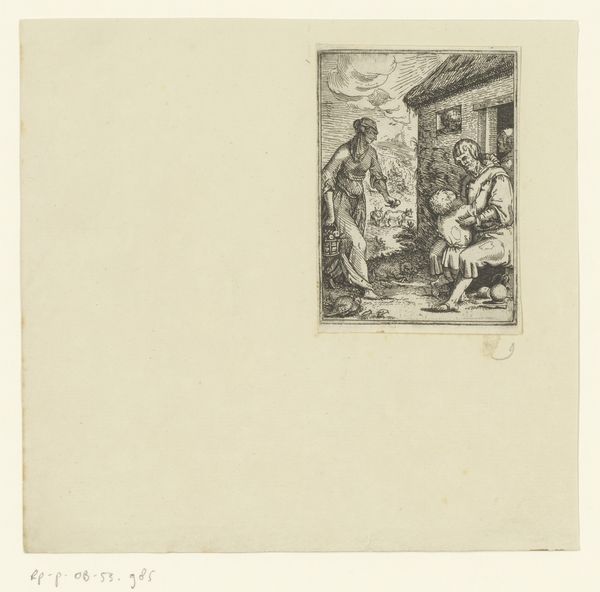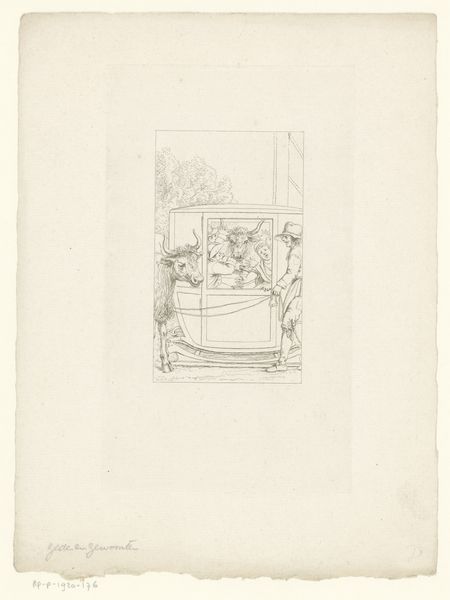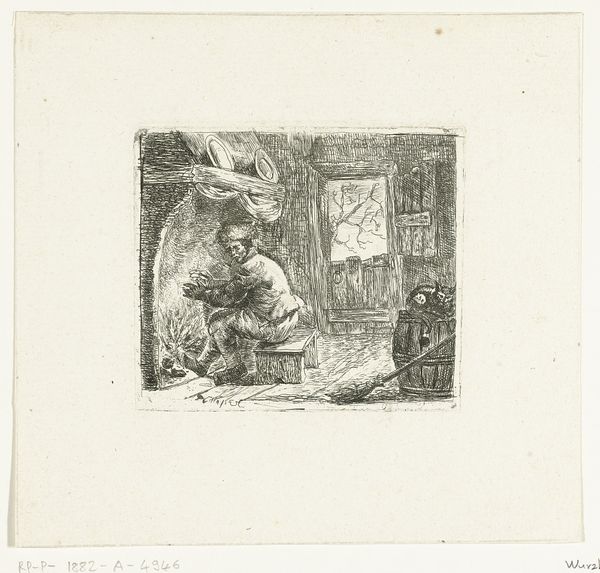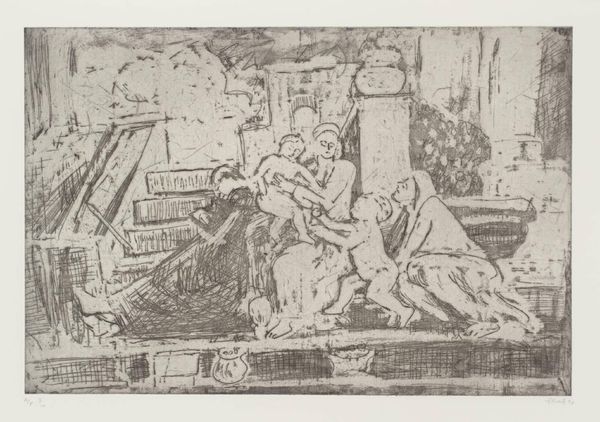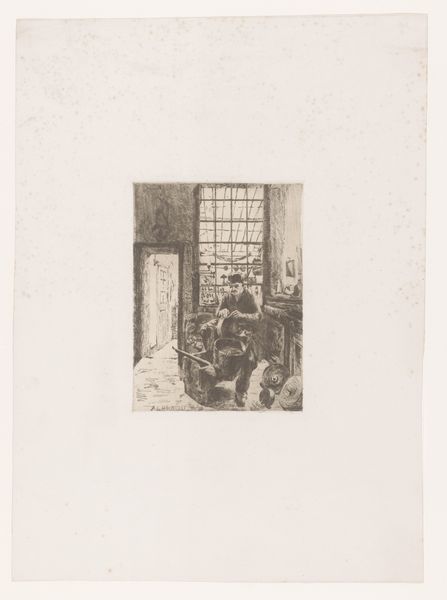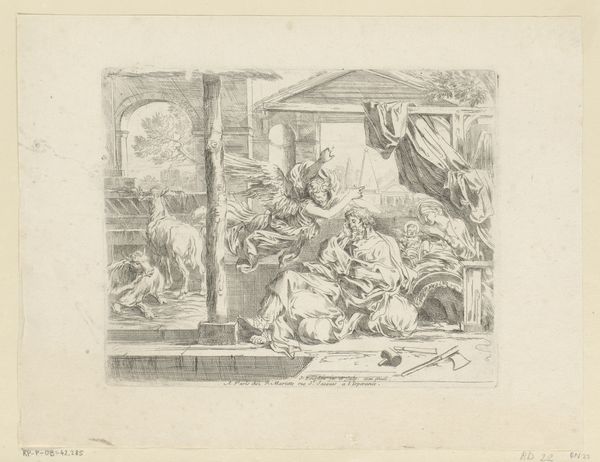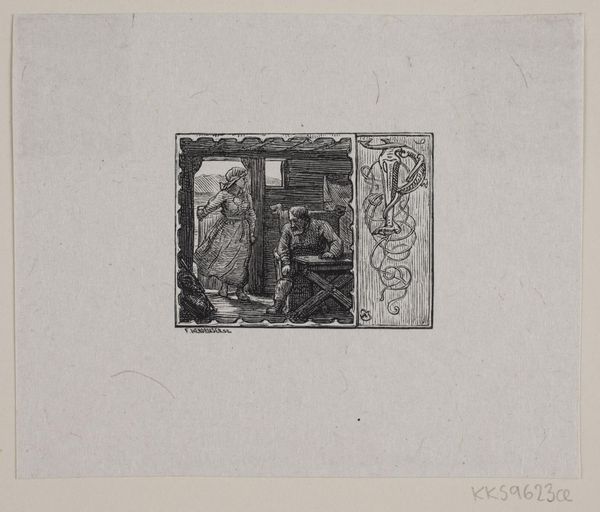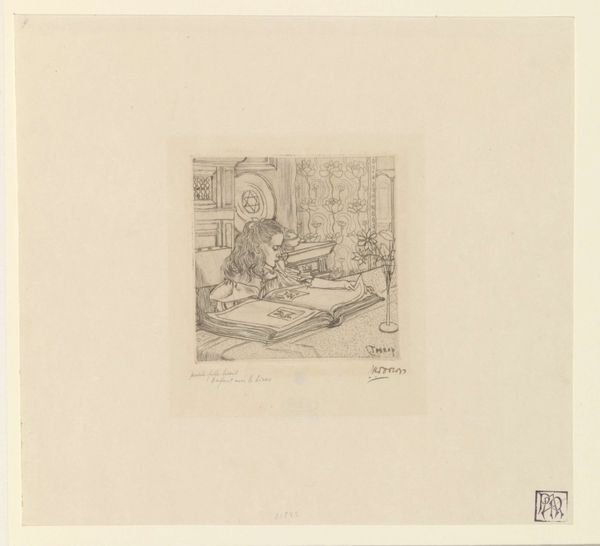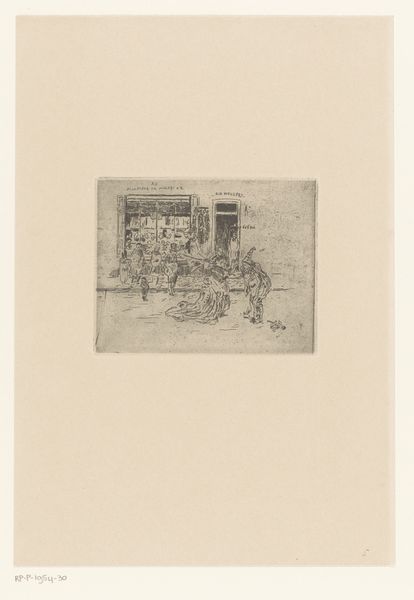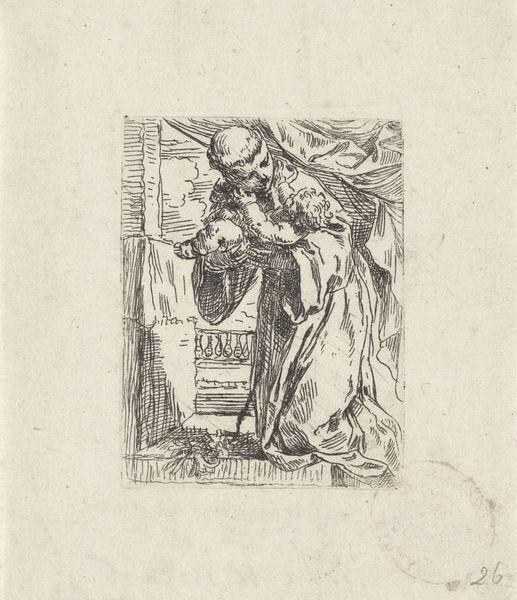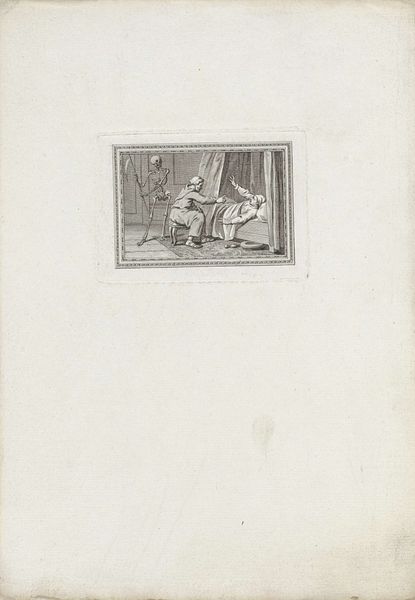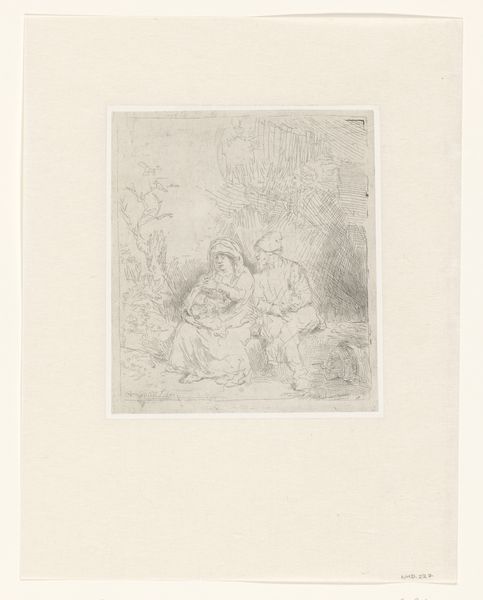
print, engraving
#
portrait
#
baroque
# print
#
old engraving style
#
orientalism
#
genre-painting
#
engraving
Dimensions: height 104 mm, width 65 mm
Copyright: Rijks Museum: Open Domain
Curator: "Chinese Lakwerkers," made sometime between 1682 and 1711 by Pieter Schenk. It’s a striking engraving, here at the Rijksmuseum. Editor: Immediately, the stark contrast captures my attention. The black lines carving out these figures… there's a precision and, oddly, a kind of austere elegance. Curator: Indeed, Schenk has managed to condense a lot into a small space. Beyond the technique, the subject is what really interests me. It presents an interpretation of Chinese artisans, working, presumably, on lacquerware. But consider what this image is meant to convey to its contemporary European audience. It evokes this 'distant other,' playing on prevalent notions about Eastern cultures. Editor: And we can see that orientalism so clearly in the visual language: the exotic architectural details, the costumes. Even the stylization of the figures seems intended to reinforce a sense of difference. Looking at the man kneeling... the lines create almost decorative folds in his clothing, reducing the figure to pattern. Curator: Precisely! It's not necessarily about accuracy. Think about the cultural exchange, or, rather, the power dynamics at play when Europeans created images representing people of other nations. There’s also the impact on the Western psyche: were these images contributing to existing fantasies? Were they promoting trade, colonialism? Or were they simply trying to bring "the outside in", like novelties for wealthy merchant houses? Editor: From a formal perspective, observe how Schenk uses line weight to suggest depth. The foreground figures are more boldly defined, while those further back seem to fade, reinforcing the perspective. What initially appears as a simple, almost primitive etching, reveals a sophisticated understanding of spatial construction when studied closely. Curator: The piece acts like a small window into a moment in time – a mirror reflecting both the reality and the skewed perceptions of a bygone era. Editor: A fascinating dance between representation and interpretation, and a study in contrasts beyond the obvious black and white.
Comments
No comments
Be the first to comment and join the conversation on the ultimate creative platform.
